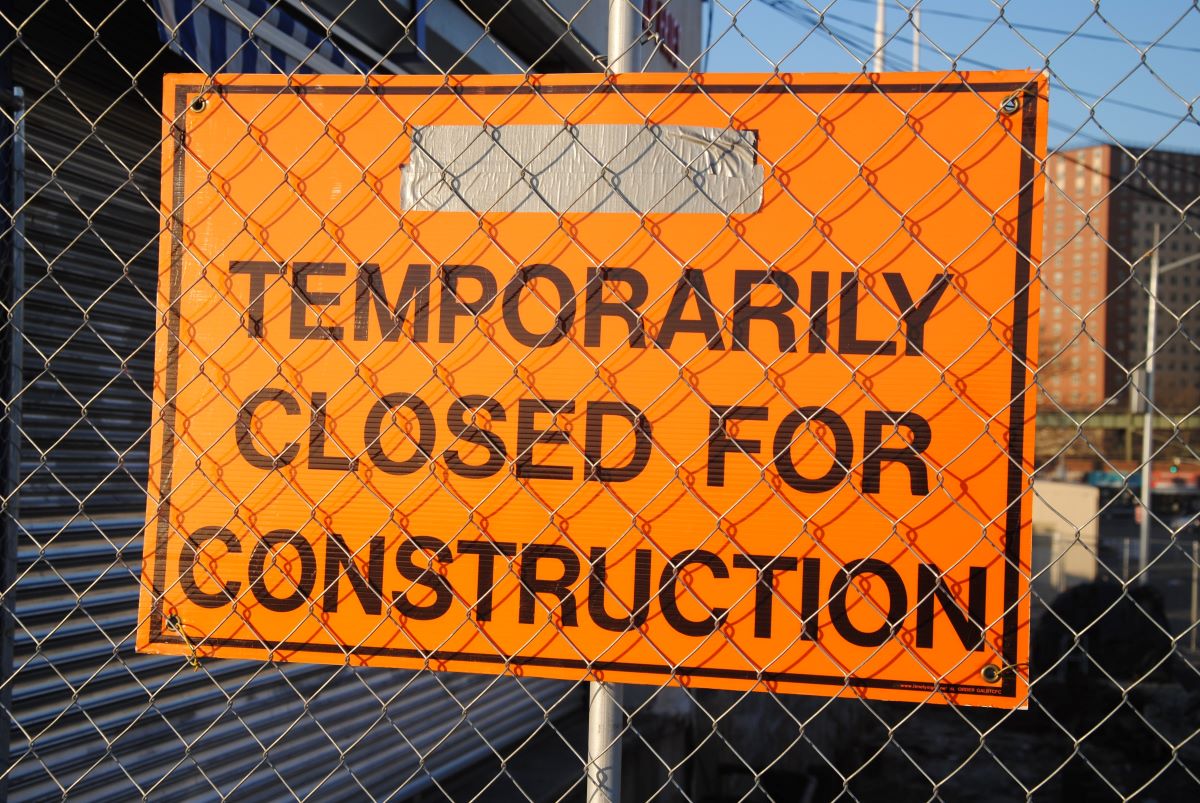What strategy is (and what it isn’t):

Despite it’s overuse, strategy is still vitally important. Just the act of thinking about something, breaking it down and making a plan, is a thing of beauty in and of itself. Strategy is The Plan, the 360 view. It’s how all the pieces fit together, and what will hopefully result from our actions or reactions.
It turns out a lot of people have a lot to say about strategy. Every conflict ever known has figured in some kind of attack or reaction. Survival depends on it. And so does ours.
Sir Lawrence Freedman of Oxford University is one of the world’s preeminent international scholars on politics and war. His 2013 book, Strategy: A History, which took 40 years to write, is the best book ever written outlining the entire history of the development of strategy.
Freedman writes, “So the realm of strategy is one of bargaining and persuasion as well as threats and pressure, psychological as well as physical effects, and words as well as deeds. This is why strategy is the central political art. It is about getting more out of a situation than the starting balance of power would suggest. It is the art of creating power (emphasis added).”
When a client or manager or CEO asks, What are we doing here folks? we are the ones who’d better have an answer, and preferable a well-crafted document.
One of the most well recognized books on strategy is from the British military historian B.H. Liddell Hart. In his book, Strategy, he defined the concept in the very literal sense as “the art of distributing and applying military means to fulfill the ends of policy,” distinguishing strategy from, on one side, “tactics” — the modes of “actual fighting” on the battlefield — and on the other, “grand strategy,” in which civilian leaders set high-level policy and coordinate the nation’s resources toward a collective goal.
There is a temptation to confuse a vision or policy with a strategy, but they are not the same thing. Policies address the “what.” They’re prescriptions for the way things might operate in an ideal world. Strategy is about the “how.” How do you move toward a desired end, despite limited means and huge obstacles? A policy may have an implementation strategy behind it.
Strategy is often associated with high-level decision makers — generals, presidents, corporate titans — but the basic challenge of, in Theodore Roosevelt’s words, doing “what you can, with what you have, where you are” applies just as much when working from the bottom up.
Saul Alinsky, a hero of the labor movement and a patron saint of union organizers, made the claim that strategy is agnostic about who is currently in power. In his book, Rules for Radicals, he wondered how to use these same concepts of high strategy to wrest power from the oligarchs and tycoons and give it to the people. Alinsky believed the right strategy would allow anyone to wield power.
There are different interpretations of strategy. Beverly Gage is a history professor at Yale University, where she just resigned in a furor from the Brady-Johnson Program in Grand Strategy because of donor pressure over the curriculum. She writes, “The original concept of strategy comes from the world of military affairs. It derives from a Greek word meaning ‘generalship’ or ‘the office or command of a general’: it was an enterprise for the man in charge.”
Any strategic challenge in our daily life, both personal and professional, requires contending with limits and obstacles: scarce resources, structural constraints, devoted enemies and fickle allies, chance, and luck. The plan is a thoughtful prediction.
My belief is simple, strategy is all about creating something greater than it’s parts. Something bigger than yourself with the limited resources of Time, Money and People.
Don’t just leave the strategy to others. If you see a better path forward, outline the strategy and lay it out there. Sure it’s risky, but it’s better than nothing. You just might find yourself a wizard behind the curtain.
About the Author
Matthew L. Moseley is the president and founder of the Ignition Strategy Group and the author of Ignition: Superior Communication Strategies to Create Stronger Connections by Routledge publishing. He is a world record adventure swimmer and lives in Boulder, Colorado.






